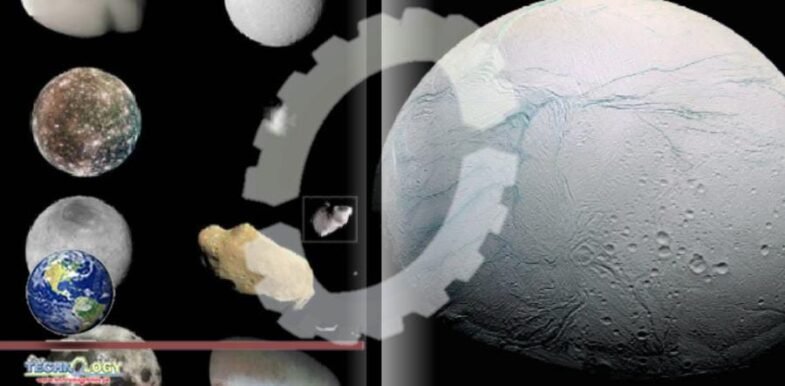NOTHING IS BETTER SOLAR than watching the winter melt into spring. The sun has been staying out later, and I have been, too, mostly with the intention of catching as much light as possible before the chilly night settles in. I used to live in one of the snowiest cities in the United States (Rochester, New York!), but I never really got used to the cold. I guess I won’t be coming with the rest of you to Jupiter’s shivery moon Europa, which a new study suggests could be habitable.

Find out if icy Europa could hold your next vacation home in today’s Inverse Daily, and keep telling us what you think is the best way to spend a day that’s wide open on your calendar. We’ve been loving all your responses so far — many of you enjoy walks, reading, and spending time with loved ones — and we read every email we get even if we aren’t always able to respond!
This is an adapted version of the Inverse Daily newsletter for Friday, March 4, 2022. Subscribe for free and earn rewards for reading every day in your inbox.Some solar system moons like Saturn’s Enceladus and Jupiter’s Europa are frigid, but they’re still nice enough to potentially harbor you one day. Though “it was previously believed that most of these [moons] needed to be close to their planet to stay warm enough to hold liquid water oceans,” reports Passant Rabie, a new Astronomy study “revealed that these types of chemical interactions can still take place in frozen objects of the Solar System thanks to the presence of salts and ammonia.”
So even though Enceladus is often encapsulated in its own subzero temperatures, scientists now see it as “one of the most potentially habitable worlds of the Solar System,” writes Rabie, and were “forced […] to investigate other icy objects that were deemed uninhabitable before.” Now, because their reevaluation determined that salts and ammonia allow frozen space objects to remain “geologically active,” scientists are adding “some of Saturn’s more distant moons, Uranus’ large moons, and several icy dwarf planets that lie beyond the orbit of Neptune” to the list of potentially habitable worlds.
But there’s still more work to be done. Everyone’s favorite underdog, the James Webb Space Telescope, will continue to glimpse these chilly moons, as well as the weird objects floating in the distant Kuiper Belt.But don’t pack your parka just yet. Inverse editor Mike Brown recently spoke to former NASA astronaut Ron Garan about the future of civilization, and Garan wants readers to know one thing: take care of your mother planet first.
Source:Inverse
